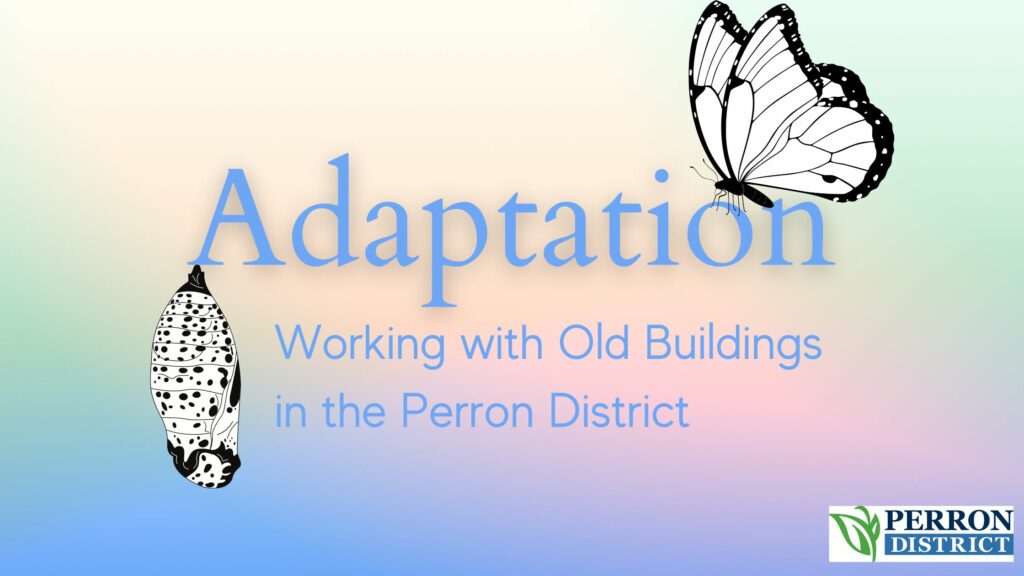Walking into the Art Gallery of St. Albert, you may notice a vault at the back of the first-floor gallery. In all honesty, I myself had never really noted the strange room, just believing it to be an artistic choice, an environmental condition to build on the art contained in the vault. Sort of like, “here’s the art, but it’s art contained” adding to the meaning of the pieces. Though it’s all about interpretation, the vault remains for a simple reason: it’d be really hard to remove. Before the Art Gallery moved into the building in 2000, the brick building was home to many businesses, but its first was the Banque d’Hochelaga, from which the vault originates.
The Banque d’Hochelaga was built in 1921 with the salvaged bricks from the Royal Hotel, another example of our city’s ever-flowing adaptation. The bank was victim to St. Albert’s first big crime, and although the robbery happened at a different location, the bank took the robbery attempt to heart and installed two fortress-strong vaults in their newly built location, one in the basement and one on the main floor. It would be near impossible to remove them, so the following businesses learned to adapt them. Many businesses worked in the building, from a restaurant, a lingerie shop, another bank (Bank of Montreal), and now the St. Albert Art Gallery.
Upon learning this, I immediately thought of VASA, which has its own jail cell in the back. The building that VASA (Visual Arts Studio Association) is in was once an RCMP station. Like the Art Gallery of St. Albert, instead of removing the previous owner’s feature, they adapted it. VASA fought to protect the jail cell in 2014 when the city wanted to remove the jail bars for more space, citing the bars are historically important. They were able to protect the jail bars and the cell remains to this day.
It is important to remember how adaptive we can be as a city and as people. The Perron District has an incredibly rich history, still evident in our buildings and adaptations of space. Visit the Art Gallery of St. Albert and VASA to see their historic spaces and experience history and adaptation.

